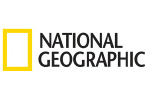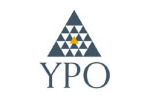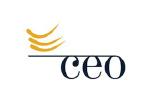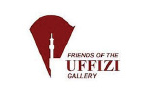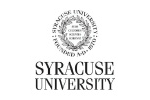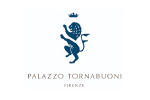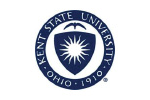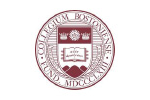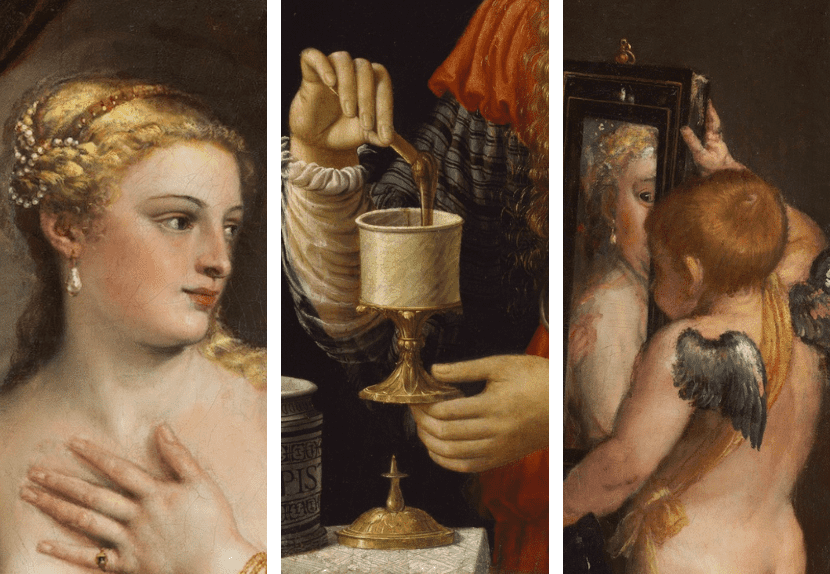

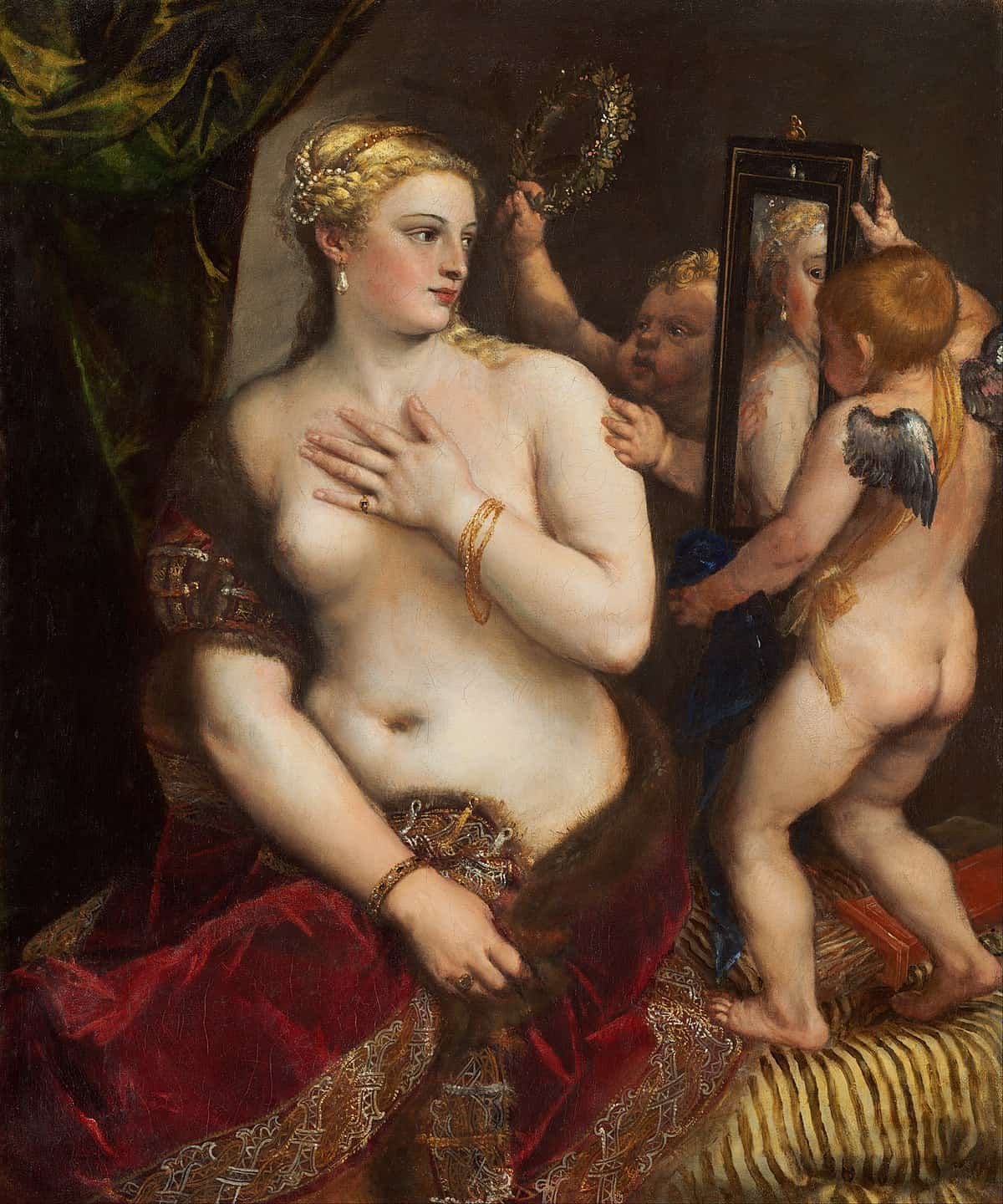

ONLINE ART HISTORY COURSE
Medicine, Make-Up, and Miracles in Renaissance Italy
LIVE ART HISTORY COURSE with Dr. Meghan Callahan
Dates: November 4, November 11, November 18
Schedule: Fridays
Time: 11:30am – 12:45pm ET | 8:30 – 9:45am PT |
4:30 – 5:45pm London
Contact Hours: 4 Hours
ONLINE ART HISTORY COURSE
Medicine, Make-Up, and Miracles in Renaissance Italy
Course Description:
As the primary caregivers for families and communities, Renaissance women held a vast store of knowledge of medical remedies. Healing potions and oils were concocted via word of mouth or recipes, passed down from woman to woman. These earthly remedies were boosted by prayers and relics of the saints. Medical care of the body went along with aesthetic care, and women created perfumes, makeup and hair dyes to improve their appearance. But sometimes this knowledge was seen as dangerous, and women were accused of witchcraft instead of healing. This course will explore the different ways Renaissance women shared and spread healing knowledge.
Instructor:
Dr. Meghan Callahan has lived and worked in London since 2006. Like Rocky, she earned her Master’s degree in Art History from Syracuse University as a Florence Fellow. She has a Ph.D. in Art History from Rutgers University. Meghan is the Assistant Director for Teaching and Learning at Syracuse University London, where she has taught art history and history classes on Italian Art in London and the UK; Women and Art: London and UK; and Underground London.
She worked on the reinstallation of the Medieval and Renaissance Galleries at the Victoria and Albert Museum, and then with the sculpture dealer Patricia Wengraf. Meghan has published various articles and essays on the architectural patronage of the 16th-century mystic nun Sister Domenica da Paradiso, miraculous paintings in Renaissance Florence, and Italian Renaissance and Baroque sculpture.
Virtual Classroom: Full access to an online educational platform with syllabus, videos of recordings, reading list, podcasts, discussion forum, and more.
Location: LIVE INTERACTIVE ON-LINE ART HISTORY LECTURES
Optional Readings:
Readings to be provided to students in PDF format prior to the beginning of course.
Complete syllabus will be provided upon registration.
LECTURE 1 – MEDICINE
-Friday, November 4
Medicine and healing were in the hands of women for years before men took over as doctors. Using herbs to heal illness and injury was passed down from woman to woman. Written “recipe” books, like that of Medici mother Maria Salviaiti, preserved this oral knowledge. While healing was viewed as holy, wielding such knowledge could also be dangerous, and women who knew too much could also be accused of witchcraft. In this class we’ll talk about how women gathered knowledge, produced medicine and enacted care.

LECTURE 2 – MAKE-UP
-Friday, November 11
Potions, salves, poultices and oils were part of medical and aesthetic care. Noblewomen were expected to maintain high standards of beauty, and incorporated a range of beauty products in their daily life. Lower class women, especially courtesans, also needed to maintain appearances. We’ll investigate how egg whites, snail water (purchased by the Mona Lisa!), lemon juice, pearl dust, and even lead were used to lighten and moisturize skin and hair.

LECTURE 3 – MIRACLES
-Friday, November 18
While women and their patients relied on earthly knowledge of cures, they also invoked the saints for assistance. Prayers were written on small slips of paper and worn around the neck, oil that miraculously dripped from saints’ tombs was bottled and sold, and nun apothecaries created medicines for sale. St. Roch and St. Sebastian were invoked during plagues, and ex-votos were displayed in churches to thank saints for healing. This class will look at the religious material culture of help and healing.

Dr. Meghan Callahan has lived and worked in London since 2006. Like Rocky, she earned her Master’s degree in Art History from Syracuse University as a Florence Fellow. She has a Ph.D. in Art History from Rutgers University. Meghan is the Assistant Director for Teaching and Learning at Syracuse University London, where she has taught art history and history classes on Italian Art in London and the UK; Women and Art: London and UK; and Underground London.
She worked on the reinstallation of the Medieval and Renaissance Galleries at the Victoria and Albert Museum, and then with the sculpture dealer Patricia Wengraf. Meghan has published various articles and essays on the architectural patronage of the 16th-century mystic nun Sister Domenica da Paradiso, miraculous paintings in Renaissance Florence, and Italian Renaissance and Baroque sculpture.





